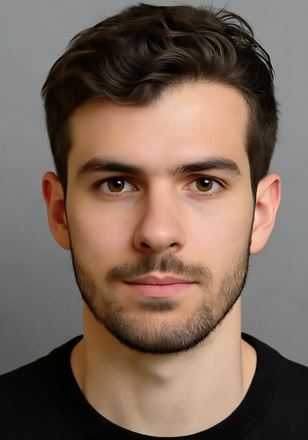Skiing sensation: Brennsteiner and Schwarz criticize the course setting in the RTL finale!
Criticism of the extremely changing course setting at the RTL finale in Sun Valley, where high temperatures and competition conditions sparked discussions.
Skiing sensation: Brennsteiner and Schwarz criticize the course setting in the RTL finale!
In the last giant slalom of the season in Sun Valley, the focus is on the challenges posed by the extremely twisting course set by Croatian coach Sergey Komarov. ORF camera driver Joachim Puchner describes the conditions as extremely demanding after crossing the finish line. The high temperatures affect the piste conditions and contribute to the controversy surrounding the course design, which is sharply criticized by the drivers.
In this crucial competition, Austrian skier Stefan Brennsteiner showed a solid performance and achieved fifth place. After the run, he said that he had concerns about looking at the time at the finish. Marco Schwarz, another prominent athlete, goes even further and describes the course setting as “strangling”. These statements indicate a uniform uneasiness among athletes regarding the appropriateness of the chosen course management.
Course setting in the giant slalom
Course setting in giant slalom is a central aspect of alpine skiing and differs significantly from that in slalom. While slalom courses often have a lot of variability, the requirements in giant slalom are more stable. A typical giant slalom requires a course width of around 40 meters, although narrower courses are also possible. The slopes are mainly groomed hard to enable the athletes to use their ski edges precisely - an important prerequisite for fair competition conditions in the second run, even with rising temperatures that can make the terrain softer.
The design of the course is influenced by various factors, including the topographical conditions and the requirements of the course Sports lexicon to the placement of the goals. According to FIS rules, shorter intervals between gates and different turning radii must be taken into account to evaluate both technical skills and risks to the athletes.
Opportunities and challenges
As the riders battle through the extreme course, they emphasize the physical and technical demands that such challenging routes entail. The risk that participants take cannot be underestimated. In downhill and giant slalom they have to reckon with speeds of over 130 km/h, although the routes must remain technically demanding. The design of the courses must take into account not only the speed, but also the ability and fairness of the competition. The Sports lexicon emphasizes that guiding principles must be followed when designing courses in order to ensure fair competitive conditions.
The controversy surrounding course setting in this latest race is not just a reflection of the challenges the athletes face. They also raise questions about the appropriateness of the strategies used by coaches to manage competition. In a discipline that is constantly evolving, it remains to be seen how those responsible will respond to the athletes' criticism.

 Suche
Suche
 Mein Konto
Mein Konto
